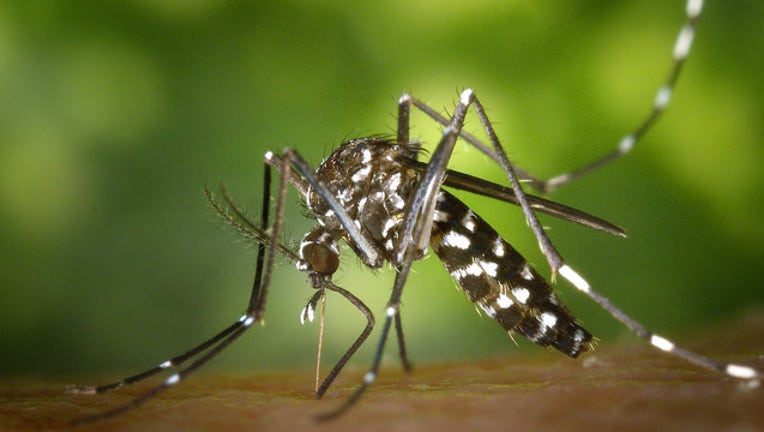Doctors: Undiagnosed cases of mosquito-borne Keystone virus likely

TAMPA (FOX 13) - A new case study is linking a little-known virus to an infection in a 16-year-old teenager in Florida, making it the first case ever reported in the medical literature.
It's presumed infectious agent is orthobunyavirus, nicknamed the Keystone virus after the northern Hillsborough County area where it was first isolated in 1964.
RELATED: Florida teen becomes first known human case of Keystone virus
It belongs to a family of viruses called the California group.
Since its discovery, it's been found to be present in squirrels, whitetail deer, and raccoons in coastal areas that span from Texas to the Chesapeake Bay.
Although it was not known to cause human disease, a 1972 study reported approximately 20 percent of Bay Area residents had antibodies to the virus in their bloodstream.
However, since the technology was limited during that time, the new study’s co-author Dr. John Lednicky says "the results must be taken with a grain of salt."
The current case involved a teen who had multiple mosquito bites while attending a band camp in North Central Florida in August 2016.
His symptoms began with a low-grade fever and a rash that started on his chest and then spread to his abdomen, arm, back, and face. It was red and raised but didn't itch.
He also complained of feeling fatigued.
There were no neurological symptoms reported.
Because it was during an outbreak of Zika, the student was tested for Zika, chikungunya, and dengue viruses.
All tests were negative.
Because other California group viruses are linked to encephalitis, or inflammation of the brain tissue, there is some concern that the Keystone virus may have that capability as well.
To begin testing the theory, researchers at the University of Florida Emerging Pathogens Institute grew the virus in brain cells in mice.
They found the virus was able to reproduce in the neurological tissue.
There is also speculation that perhaps this virus has been responsible for viral syndromes, and possibly encephalitis cases, with a previously unidentified source.
Studies show approximately 60 percent of cases of presumed viral encephalitis are unexplained. The reason is thought to be due to the failure of conventional laboratory techniques to identify the infectious agent.
The primary mosquito that carries the virus is Aedes atlanticus, although other common mosquitos, like Culex, have been known to carry it.
The mosquitos tend to be most active during dusk and dawn.
In an email correspondence with Lednicky, he stated that more work needs to be done.
Currently, none of the tests are FDA approved, so human specimen testing could only be done for research purposes.
The University of Florida laboratory has the ability to isolate the virus from specimens, but no one knows what kinds of specimens; blood, saliva, or urine, work best.
Lednicky says, "So the underlying story really is: Much more work needs to be done. I would love to follow up on all these but there are no funds to do this. I now have to write grant proposals, and see if one gets funded."

